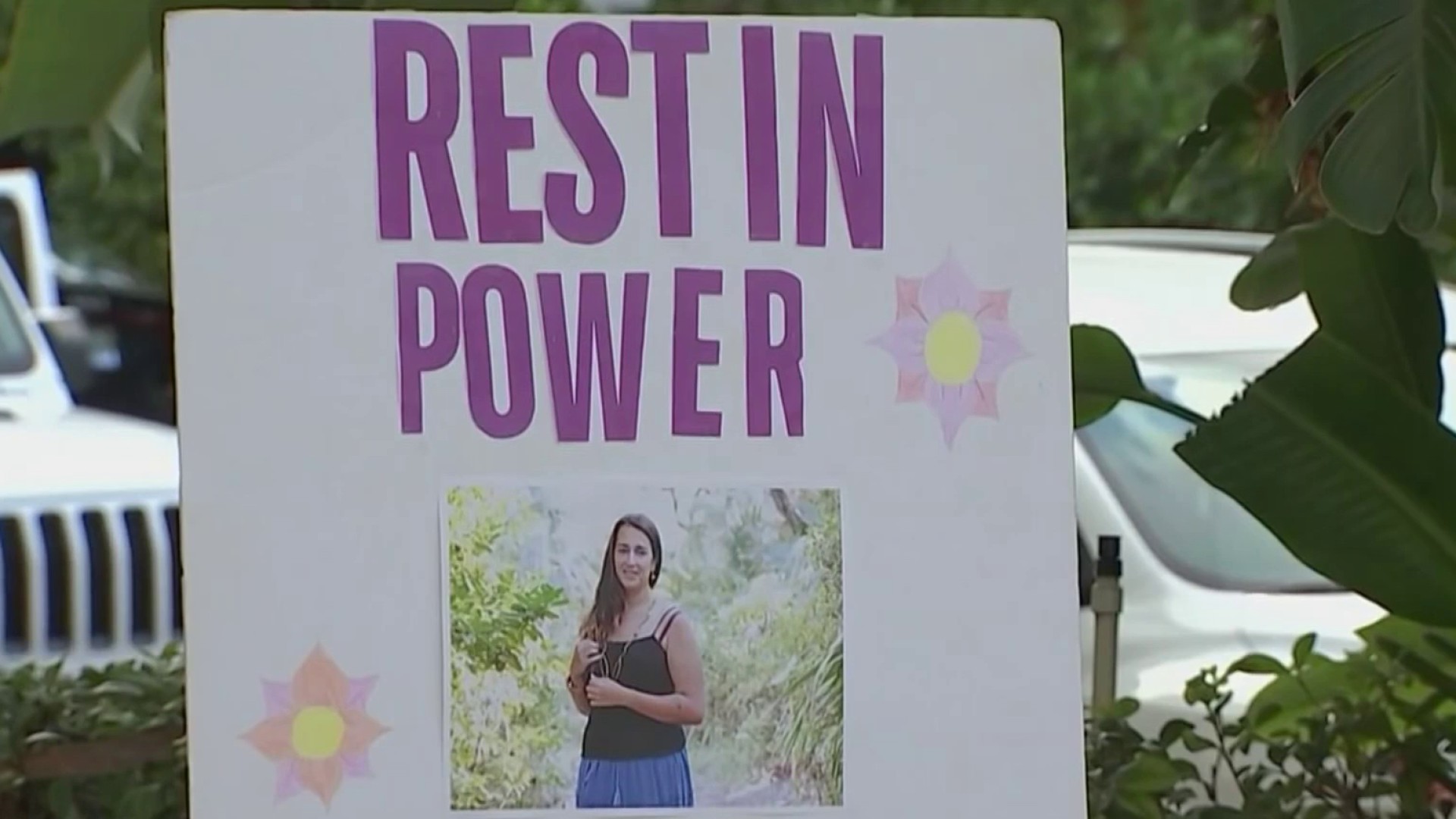Their job is dangerous and heroic. It's the most scenic position of Miami-Dade Fire Rescue, but also the most daring.
The county's fireboat is like a floating ambulance and responds to countless scenarios.
"On a regular basis, we respond to vessels taking on water, people in distress, boat fires, medical emergency, people drowning," said Capt. Leonel Reyes with MDFR.
Other scenarios include boating accidents with severe injuries which they experience on a regular basis. While NBC 6 was with MDFR, they "rescued" anchor Keith Jones in a demonstration.
In the story line, the injuries were severe enough that it begged the attention of one the county's trauma helicopters.
Its capabilities are considered rare, providing a service which only exist in five agencies in the country.
"It's one of the unique things our service offers. We have a hoist affixed to the aircraft so we can retrieve patients without landing," explained Lt. Enrique Gonzalez, MDFR Flight Medic. "We have the same capabilities of a ground rescue. We carry the same amount of medications, same protocols of ground rescue. It's just a fast way of getting there."
Local
The $9 million airborne ambulance has two paramedics and can treat up to four patients.
The day's training started with Keith getting lost in Biscayne Bay, and the call was made to dispatch. The fireboat located the accident scene.
In no time, the first paramedic diver was in the water and made contact. Then, the second diver was in the water with equipment, working as a team.
Even before the other team members worked to move Keith onto the fireboat deck, it was determined that injuries were severe enough for air transport.
They moved with precision, securing their patient into the stokes basket. The helicopter 25-feet over head had already dropped the hoist.
This is where communication is key, as the boat and chopper have to move in sync, at 10-knots across the waters.
In less than 90-seconds, the basket and injured patient were hoisted up to the helicopter. It was carefully maneuvered inside the aircraft, and then off to the trauma center.
The day's perfect setting made for a flawless training session, but Mother Nature's reality can offer severe challenges.
"You can imagine what we just did in the rain, rough winds, rough seas. Trying to keep your footing on the deck and at the same time making sure the patient gets safely hoisted onto the aircraft," one responder explained.
There are a lot of moving parts to this operation and a lot of room for error. But amid the floating chaos, the fireboat and air rescue crews moved with the fluidity of rescue ballet. Offering confidence to any boater, should catastrophe strike.



